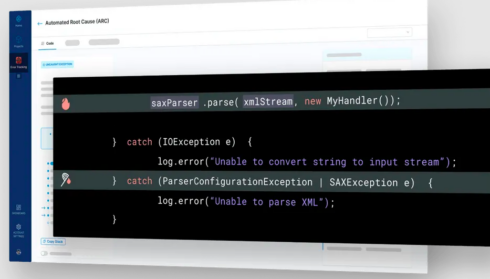
The new Harness Continuous Tracking (CET) release is designed to provide developer-first observability for modern applications to proactively identify and solve errors across the SDLC.
The Harness CET provides several advantages to developers, such as minimizing the occurrence of defects that go undetected, removing the need for manual troubleshooting, and enabling quicker resolution of customer problems. This enables teams to identify and resolve issues within a matter of minutes instead of weeks, resulting in enhanced satisfaction for both the developers and end-users.
“Our goal is to empower developers by providing a solution that addresses the pain points unmet by traditional error tracking and observability tools,” said Jyoti Bansal, CEO and co-founder of Harness. “Harness Continuous Error Tracking offers unparalleled visibility and context, enabling teams to quickly identify, diagnose, and resolve issues, ultimately ensuring a better experience for both developers and customers.”
The tool includes runtime code analysis that provides complete visibility into every exception’s source code, variables, and environment state. These issues are routed directly to the right developer for faster resolution. CET also provides the full context of errors including code variables and objects up to ten levels deep into the heap.
CET creates guardrails to ensure only high-quality code advances which prevents unreliable releases from being promoted to staging and production environments.
In addition, release stability allows developers to compare current or past releases to understand trends in new, critical, and resurfaced errors.
The tool integrates with monitoring solutions such as AppDynamics, Dynatrace, Datadog, New Relic, and Splunk. It also natively integrates into Harness build and deployment pipelines or it can be used as a standalone solution.






